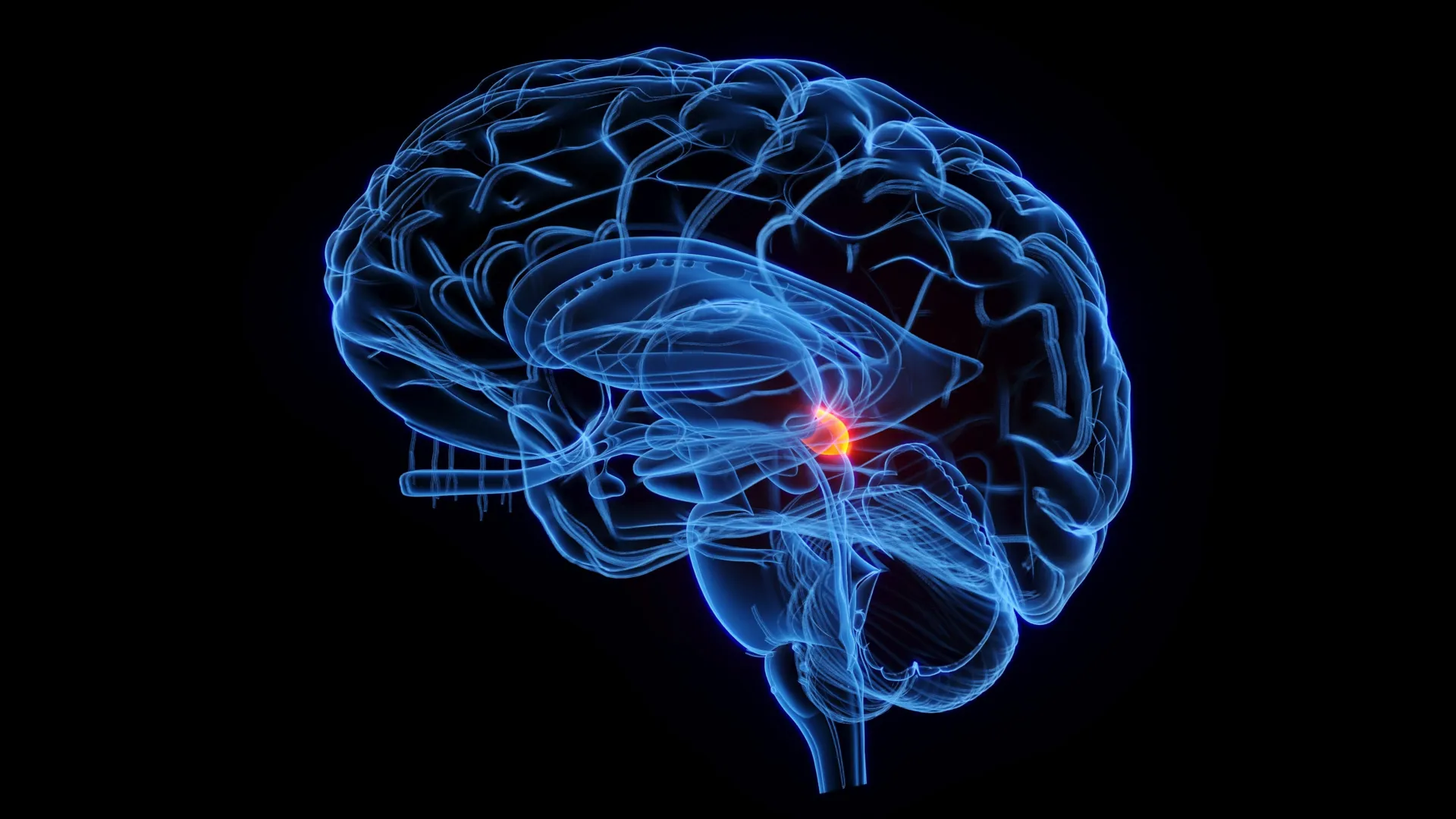UPDATE: Groundbreaking research just released reveals that a 500-million-year-old brain region, known as the superior colliculus, plays a crucial role in visual processing—independently from the cortex. This urgent discovery, published in PLOS Biology, challenges long-standing beliefs about how our brains interpret visual information and has profound implications for understanding attention and perception.
Researchers at Universidad Miguel Hernandez de Elche, led by Andreas Kardamakis, found that this ancient brain structure can autonomously perform complex visual computations, a function previously attributed solely to the cortex. The superior colliculus serves as a built-in radar, processing signals directly from the retina before they reach higher brain areas, ensuring that the brain identifies the most significant visual cues in our environment.
This finding is crucial because it indicates that the ability to analyze visual stimuli has been an evolutionary feature for over half a billion years. “For decades, it was thought that these computations were exclusive to the visual cortex, but we have shown that the superior colliculus can also perform them independently,” Kardamakis stated. This discovery highlights how our brains react to visual stimuli, such as movement or sudden changes, and may redefine our understanding of attention mechanisms.
The research team utilized cutting-edge techniques, including patterned optogenetics and computational modeling, to demonstrate how the superior colliculus filters visual information. They found that this region actively suppresses certain signals while enhancing others, allowing us to focus on what truly matters in a fast-paced world filled with distractions.
Why This Matters Now: The implications of this study extend beyond basic neuroscience; it may help in understanding disorders like attention deficit hyperactivity disorder (ADHD) and sensory hypersensitivity. Kardamakis noted, “Understanding how these ancestral structures contribute to visual attention also helps us comprehend what happens when these mechanisms fail.”
This research is a collaborative effort involving institutions such as KTH Royal Institute of Technology in Sweden and the Massachusetts Institute of Technology (MIT) in the USA, demonstrating a significant international partnership in advancing our understanding of neurobiology. The findings could reshape therapeutic approaches for visual and attention-related disorders.
As researchers continue their work with live animal models, they aim to uncover how the superior colliculus influences attention and manages distractions during goal-directed behavior. This ongoing exploration is crucial as society faces increasing visual overload in daily life.
Stay tuned for more updates on this revolutionary discovery that bridges ancient brain architecture with modern cognitive science. The findings not only enhance our understanding of visual processing but also pave the way for new approaches to treating cognitive disorders.
This research was supported by Spain’s State Research Agency and various international funding bodies, emphasizing the collaborative nature of scientific advancement. As the study reveals more about our brain’s ancient circuits, the potential for improving mental health and cognitive function becomes increasingly promising.
For immediate insights into how this discovery impacts our understanding of vision and attention, continue following updates from the research team and their future studies.







